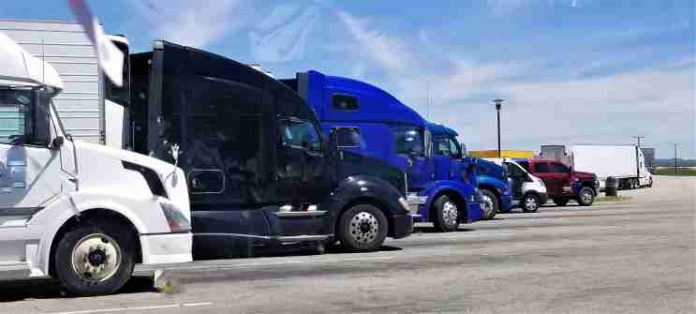Trucking is a career where life can transition from mind-numbing boredom to extreme peril in a matter of milliseconds. How you react to these changes often determines the difference between life and death. Knowing what to do, as well as what not to do, and acting automatically can make all the difference in the world. However, it is important to note that the right course of action is not always the instinctive one.
For instance, if you inadvertently veer off the road and the right side tires drop onto the gravel shoulder, your immediate response might be to abruptly steer the wheel to the left and return to the pavement. Unfortunately, this instinctive reaction could potentially land you in a ditch and even lead to a rollover. The correct approach, in this case, is to reduce your speed and gradually guide the truck back onto the pavement.
While it is impossible to delve into the specifics of every potential issue in this blog, the fundamental principle of safely recovering from unexpected emergencies remains the same: stay calm, avoid panic, and execute the recovery process correctly. If your company provides voluntary safety courses, it is highly recommended to take advantage of them. Almost any situation you encounter has likely occurred before, prompting safety committees to investigate and devise secure recovery methods.
Let’s consider a typical scenario involving a collision with wildlife. Attempting to swerve and evade wildlife that suddenly appears is ill-advised, as it can result in a rollover and cause severe injuries. Ideally, your best course of action is to avoid wildlife if it can be done safely. However, if avoidance is not feasible, remember that repairing a truck is far more economical than replacing one.
Another critical situation is a blowout on a steering tire, which can pose a serious problem as the truck will pull strongly towards the deflated tire. Once again, it is important to resist the urge to yank the wheel in the opposite direction, as this could dig the rim of the deflated tire into the road, potentially leading to a rollover. Instead, firmly grip the wheel, maintain a straight line, and bring the truck to a safe stop as soon as possible.























